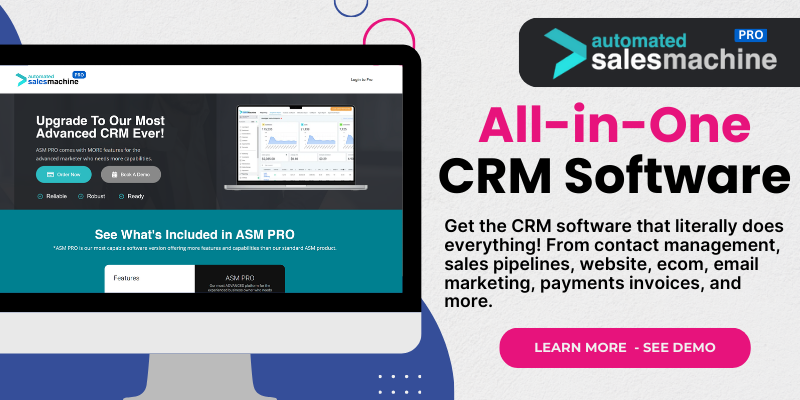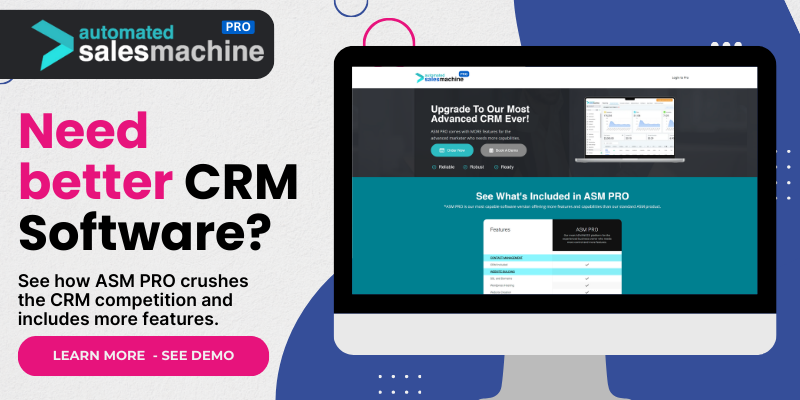Understand Your Business Needs
Identify Key Features
When I first set out to develop CRM software, I realized that one of the most vital steps was to correctly identify what my business needed. You know, not every company is the same; that’s what makes us unique! So, I took my time brainstorming the essential features that would benefit my team. Perhaps your business needs seamless contact management, robust reporting capabilities, or even automation options for mundane tasks. Start by discussing these needs with your team to get a clear picture of what will help improve productivity.
Once I had a list of features, I prioritized them based on their importance and how they align with my business objectives. Maybe your team doesn’t need a complex ticketing system or integrations with dozens of applications right off the bat. Think about what truly would streamline your processes and focus on those features first. This prioritization helps create a solid roadmap for development.
Finally, don’t shy away from using feedback. Conduct meetings or surveys to gather input from potential users. Trust me when I say that involving the people who will actually use the software makes a world of difference. It ensures that when you finally roll out the CRM, it’s already tailored to your team’s expectations and needs.
Choose the Right Technology Stack
Evaluate Your Options
Now that you’ve nailed down your business needs, it’s time to think about the technology stack. This might sound a bit technical, but it’s all about choosing the right tools and frameworks that will support your CRM development. Personally, I took a deep dive into various programming languages, databases, and even cloud services. It can be overwhelming, but breaking it down into manageable parts makes it smoother.
During my research, I weighed the pros and cons of using a particular language or framework based on my team’s expertise. If you have a team that excels in Python, for instance, it might make sense to focus on frameworks like Django. It’s all about leveraging your team’s strengths to ease the development process. Plus, think about the scalability of your choice! You want a stack that grows as your business grows.
Remember to also consider user experience. The technology you choose greatly impacts how users will interact with your software. I learned that a seamless, intuitive interface is crucial for user adoption. So, while you’re mulling over your options, keep an eye on tools that promote ease of use without compromising functionality.
Design a User-Friendly Interface
Prioritize User Experience
Alright, this part is where the magic happens! The user interface (UI) can make or break your CRM’s success in the real world. Drawing from personal experience, I spent countless hours designing prototypes and wireframes. It’s about creating a flow that feels natural for users. Begin by thinking who will most frequently interact with your software and design for them!
I found it immensely helpful to use design tools like Sketch or Figma. These programs allow you to visualize what your final product will look like. It’s great because you can tweak things quickly and get feedback without writing a single line of code! User testing your designs will save you loads of headaches later on.
Always keep accessibility in mind while designing. Not everyone interacts with technology in the same way, and your CRM should be usable for everyone on your team. I learned through testing that color choices, font sizes, and even the amount of text on a screen can have significant impacts on usability. The goal is to make it as easy as possible so your team can focus on what really matters – building relationships!
Develop and Test the Software
Iterative Development Approach
Once your design is on point, it’s time to roll up your sleeves and get to building! Here’s where it gets fun. I recommend using an agile development approach, which allows for flexibility and quick adaptations. Break down your development process into iterations or sprints, and set clear goals for each one. This will give your team a sense of direction and accomplishment as each phase is completed.
As you develop, don’t forget to invite testers along for the ride. Creating opportunities for user testing during the development phase is a game-changer. It gives you real insights into how your software is performing and allows you to make changes before your official launch. I can’t tell you how many bugs we squashed thanks to early feedback!
After each iteration, review and refine your software based on testing feedback and testing outcomes. This responsiveness is crucial; it shows that you’re committed to building something amazing – you really want this software to be a product your team loves. The more you test, the better it’ll be!
Launch and Gather Feedback
Implement a Marketing Strategy
Finally, the moment we’ve all been waiting for – the launch! But hold on, just because you’ve built it doesn’t mean they’ll come without a marketing strategy. To get people excited, I suggest crafting a comprehensive launch plan. Use your team’s existing communication channels and internal resources for maximum outreach.
Don’t just tell your team about the new CRM; show them how it will change their day-to-day. Use training sessions, webinars, and even internal social media to drum up excitement. I found storytelling to be an effective way to highlight all the awesome features and how they can amplify productivity.
Once your software is out there, continue to gather feedback consistently. This can be through surveys or regular check-ins. Make it easy for users to share their experiences and suggestions. Building a CRM isn’t a one-time deal; it’s an ongoing journey. Listening to the feedback you receive will allow you to adapt and improve over time, ensuring that your CRM grows alongside your business.
FAQs
1. How long does it take to develop CRM software?
The timeline can vary greatly depending on the complexity of the features you choose to implement, but generally, expect anywhere from a few months to over a year. An iterative approach helps streamline this process.
2. What are the essential features of a CRM?
Essential features often include contact management, sales automation, reporting tools, email integration, and task management. Tailor these to fit your specific needs!
3. Can I develop CRM software without coding experience?
Absolutely! There are no-code and low-code platforms out there that allow you to build functional CRMs without extensive coding knowledge. Just be sure to pick one that aligns with your needs.
4. How can I ensure the security of my CRM?
Implement measures like encryption, secure access controls, and regular updates to keep your CRM secure. Also, staying aware of best practices in cybersecurity is crucial.
5. What should I do after launching my CRM?
After launch, focus on gathering continuous feedback and be prepared to make adjustments based on user input. This ongoing improvement is key to keeping users engaged and satisfied.

